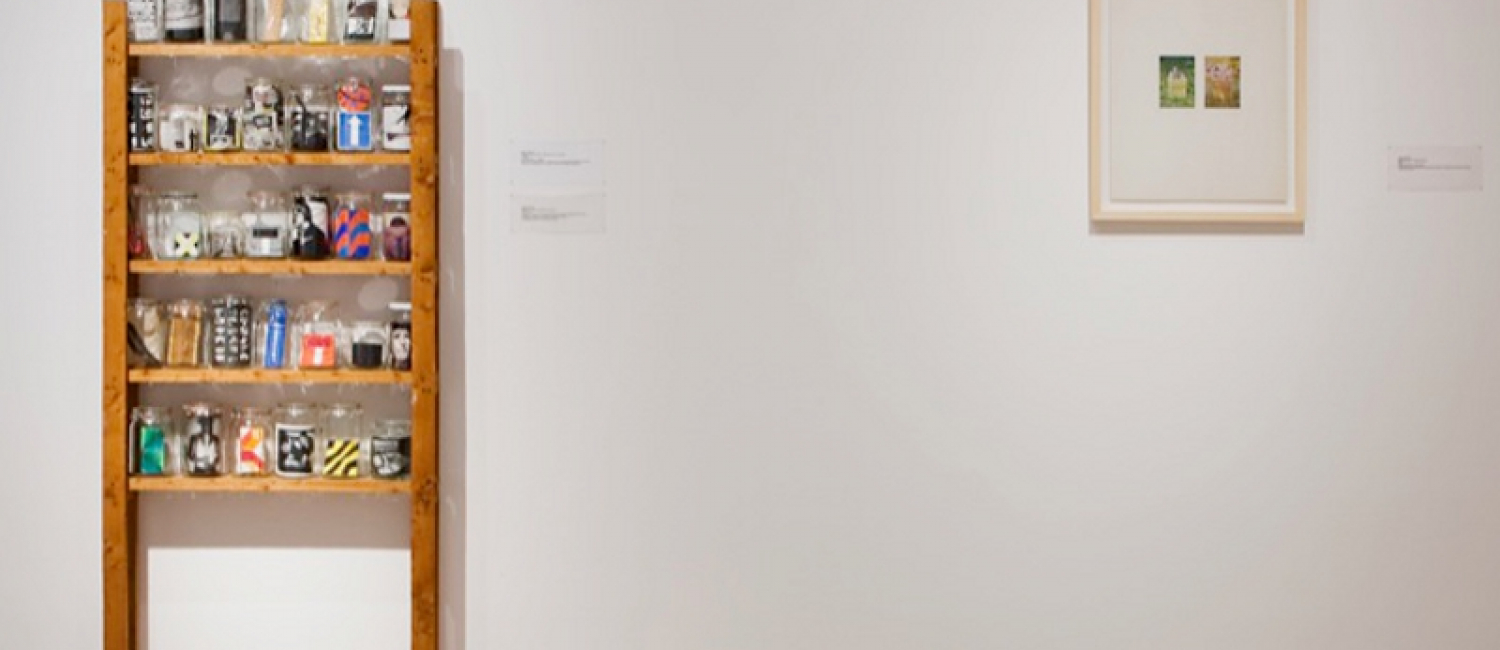The spectacular new museum buildings, the growing number of visitors all over the world, clearly show the fundamental changes that museums went through during the last couple of decades. The new museums are not only places for keeping and preserving priceless works of art, museums also educate and entertain masses of people. On the occasion of the 20th anniversary of its first permanent exhibition, Ludwig Museum Budapest reflects on the topic of the museum, that is on itself, through the critical works of Hungarian and international neo-avant-garde artists, as well as through the ironic, witty works of contemporary artists, many of which can be seen for the first time in Hungary.
While the museums’ main function is to preserve works of art for eternity, museums have gone through fundamental changes recently. New, spectacular museum buildings all over the world, the increasing number of visitors indicate that the function of the museum has changed radically. The encyclopedic museum, the modern art museum are followed by a new type of museum. This new museum offers a different kind of knowledge, as well as entertainment. The museum has proved to be one of the most successful cultural institutes, collecting, preserving and displaying pieces of art, it is also a powerful institution, as it can select those works of art that may be the objects of a future art history. Since the beginning of the 20th century, artists have been criticizing this canonizing function of the institute of the museum, while at the same time they (or many of them) are longing to get into the museum themselves. On the 20th anniversary of the first permanent exhibition of the Ludwig Museum, the museum is looking to itself in the mirror held by the artists. The museum conducts a site inspection.
The exhibition puts a special accent on the local and international neo-avant-garde artists of the 1970’s dealing with the topic of the museum, since their institutional critique can be considered the predecessor of contemporary reflections on the museum. By examining the nature of the work of art itself, Marcel Duchamp was the first to point out the paradoxes of the connection between the work of art and its context, the museum, between the artist and the spectator. Duchamp has created his suitcase museum, that is, museologized himself. For the conceptual artists of the 1960’s and 1970’s it was again important to reflect on art itself, they often created their own “museums,” as if they had corrected the mistakes and failures of the official institute and had introduced their own new canon. By their institutional critique they demonstrated that the works preserved by the museums as pieces of great value could gain a totally different meaning in a different context. Depending on the context, even an index card registering the work of art can be transformed to art, and the spectators, as well as parts of the museum building itself can change roles, step in the foreground and play a major part. The artists themselves are showing up in different roles in the museums. These artists also pointed to the fact that the museum is inextricable of its social context. Thus, the artists who criticize the museum as an institution, criticize society itself, they unmask the hidden value system that the museum represents, and how art and the market are interconnected. They investigate the collection, the policy of getting news acquisitions, as well as hidden ideologies, the museum is presented as the model of society. While contemporary art does not really separate high and low, popular culture still preserves a rather stereotypical, elevated image of the museum, and the museum cannot withdraw from the effects of popular culture. This complex situation is well represented by the movie films and video clips projected in the movie space of the exhibition.
The artists who practiced institutional critique in their art in the 1960s and 1970s consciously created works of art that are not marketable or easily museologized. It is a paradoxical situation that, most of these works are in museums by now. Today this attitude has changed, and contemporary artists do not offer an outside point of view from where they can criticize the museum. The artists are also part of the art world system and they intimately know how it works. Artists do not consider themselves victims, neither does the museum feel guilty. The works displayed in Site Inspection demonstrate that the roles played by the different actors of the artworld, and the ways of interpretation cannot be considered fixed any more. What the museum can do is to see and show how it works, and dare to face its own criticism.
Featuring artists
Marcel Duchamp, Richard Artschwager, Azorro Group, Beke László - Pauer Gyula, Birkás Ákos, Olga Chernyshewa, Hubert Czerepok, Mark Dion, Henry Flynt, Andrea Fraser, Hans Haacke, Halász Károly, Kele Judit, Kis Varsó/Little Warsaw, Kostil Danila, Oleg Kulik, Lakner László, Marysia Lewandowska, Dalibor Martinis, Menesi Attila, Ivan Moudov, NETRAF, Allan Sekula, Kalin Serapionov, Sean Snyder, Nedko Solakov, Thomas Struth, Téreltérítés Munkacsoport, TNPU / IPUT (St.Turba Tamás), Tót Endre, Ulay and | Woody Allen, Costa-Gavras, Alfred Hitchcock, Ron Howard, Beeban Kidron, Akira Kurosawa, Neil LaBute, Mel Smith, Aleksandr Sokurov, Tom Tykwer
Exhibition Brochure:
East of Eden - Photorealism: Versions of Reality
Curated by Katalin Székely with the Ludwig Museum`s curatorial collective.
The main sponsor of the museum is MASTERCARD.
The exhibition was sponsored by: art’otel, Lightware Visual Engineering.
Sick Museum Syndrome research programme
We kindly inform you that in August and September, Space Detournement Working Group is conducting research in order to ger accurate information about the neurotoxic effects of the exhibition space. The research aims to set up an accurate local diagnosis of the recently identified SMS (Sick Museum Syndrome) caused by modern building technology, strictly controlled museum rooms and environment of works of art as well as to work out an effective, and in situ applicable fitotherapic substance. If you wish to participate in the survey collecting data on the site for making a scale about museum feeling please register on-line or at the 1st floor exhibition space.
Aromatherapy: Test Mode
Launch on Tuesday, 20 September 2011, at 16.00.
The test mode of the therapy is available from 20 to 24 September. Participation is for free.
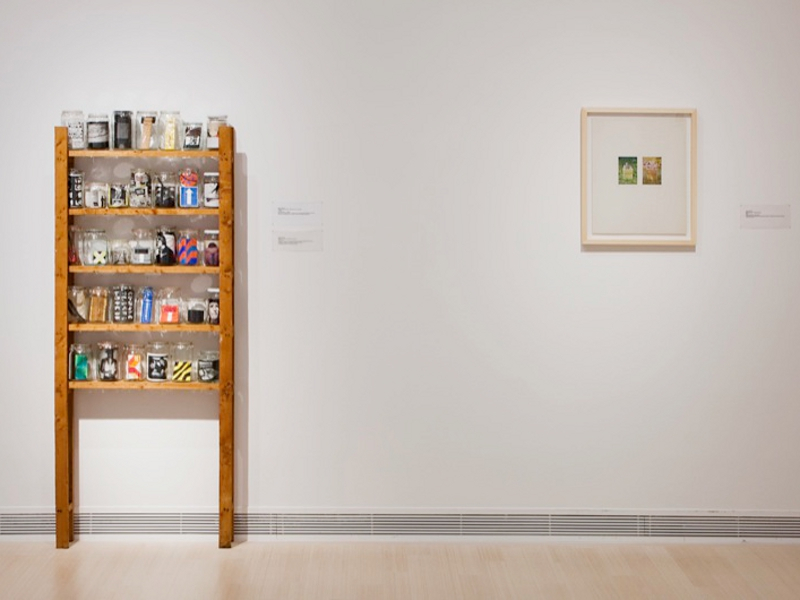
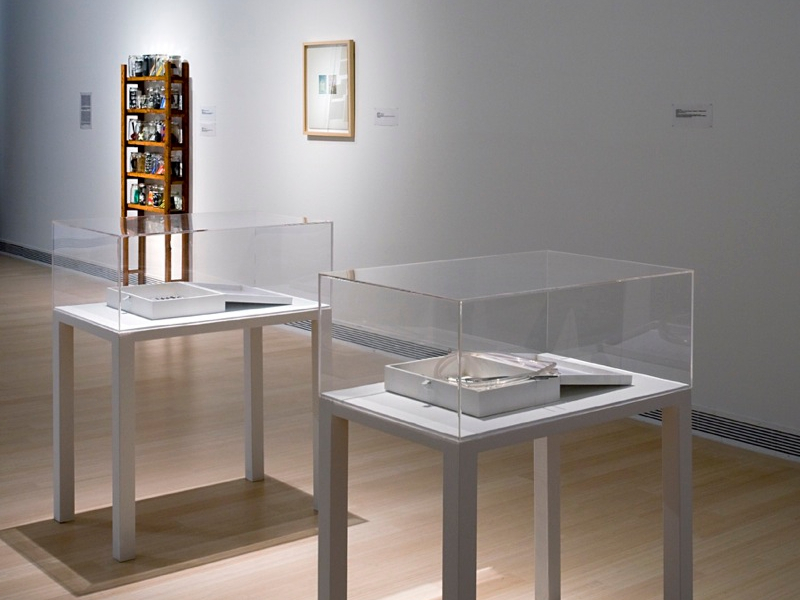
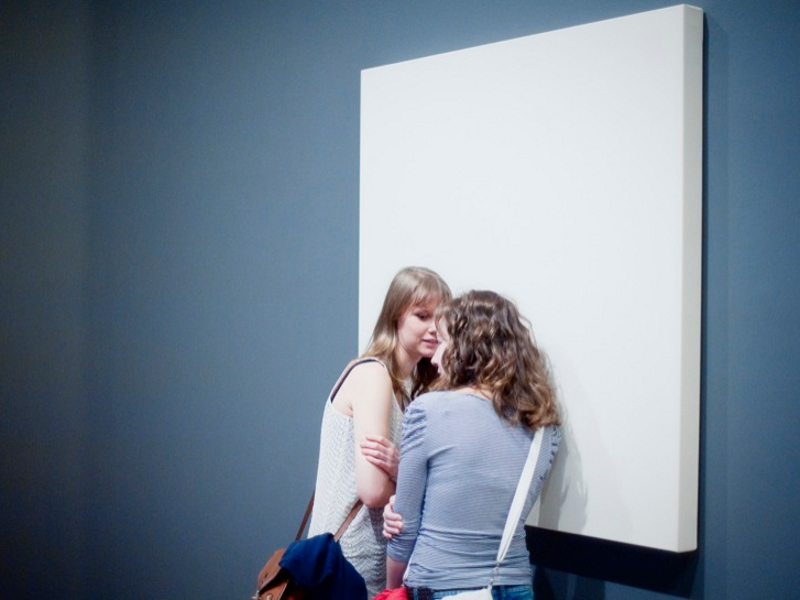
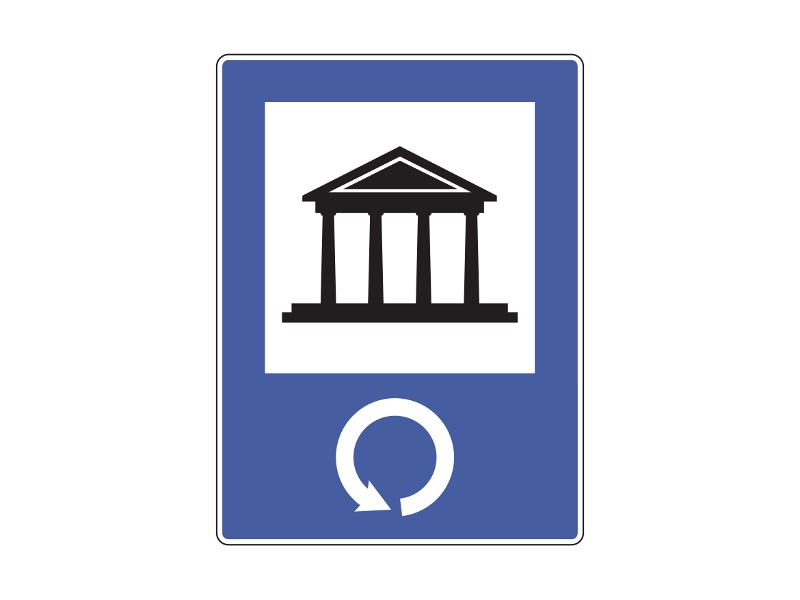
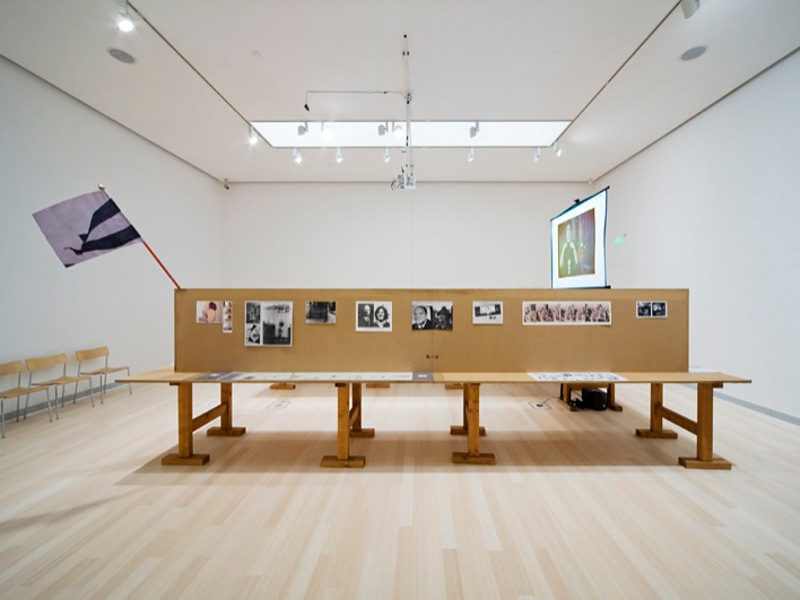
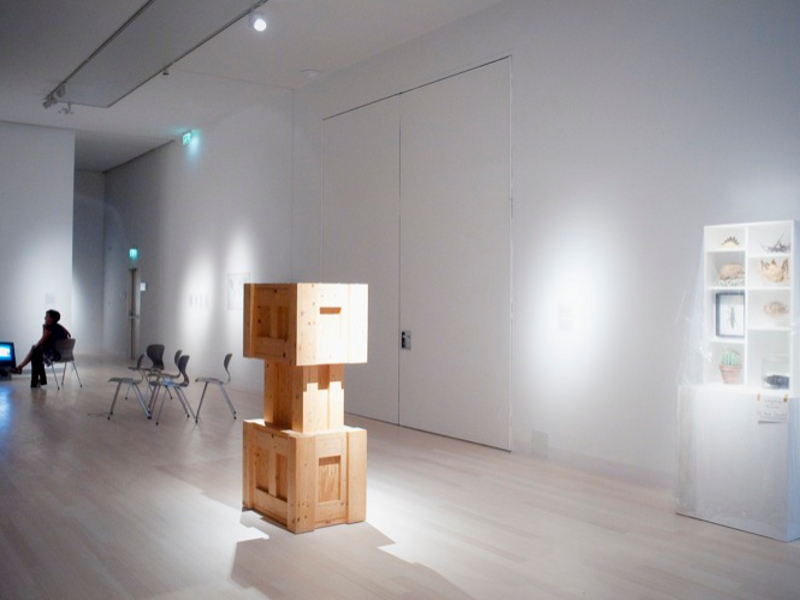
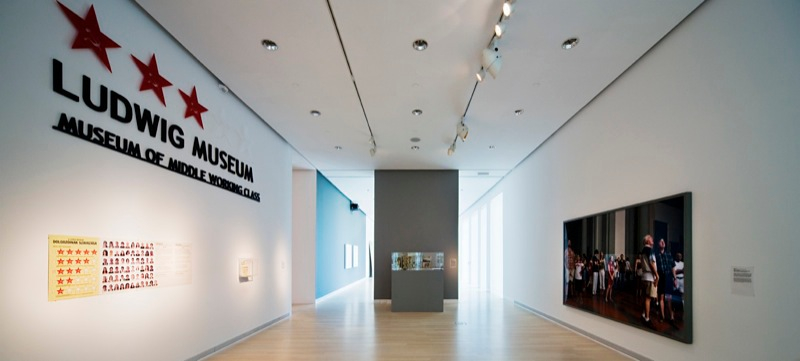
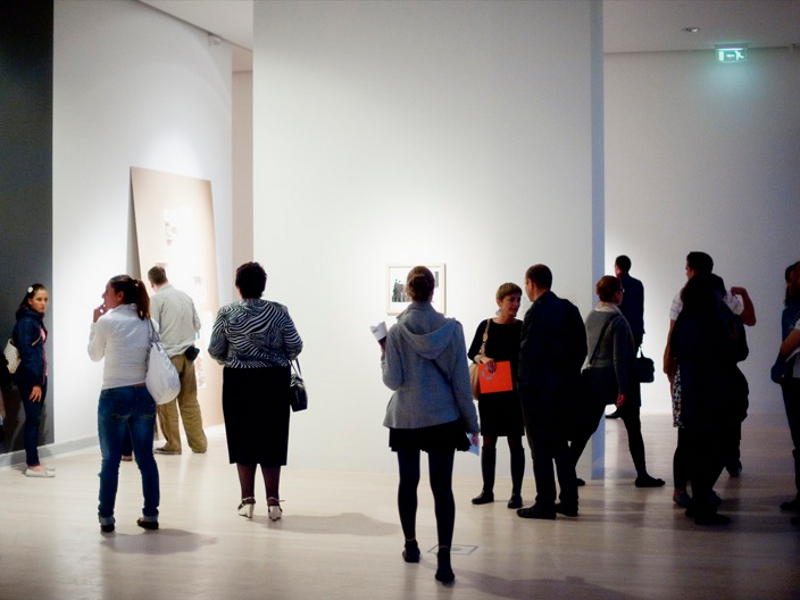
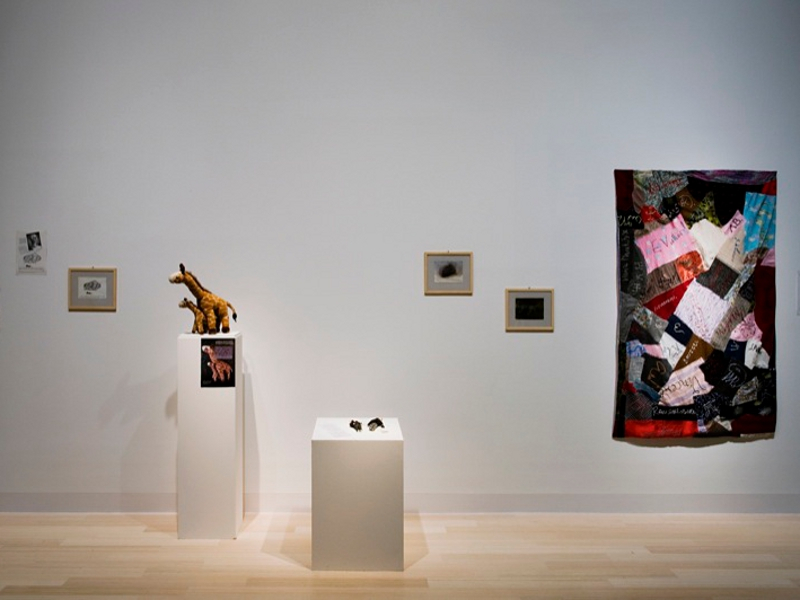
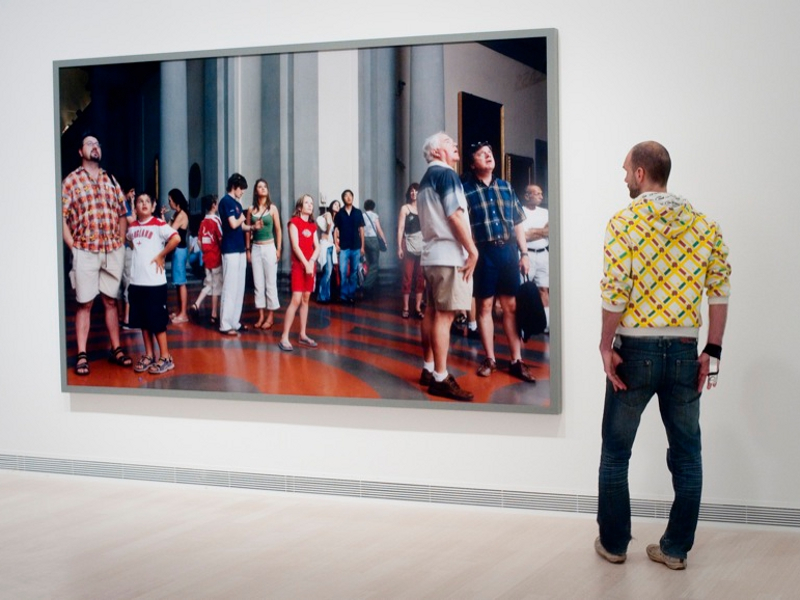
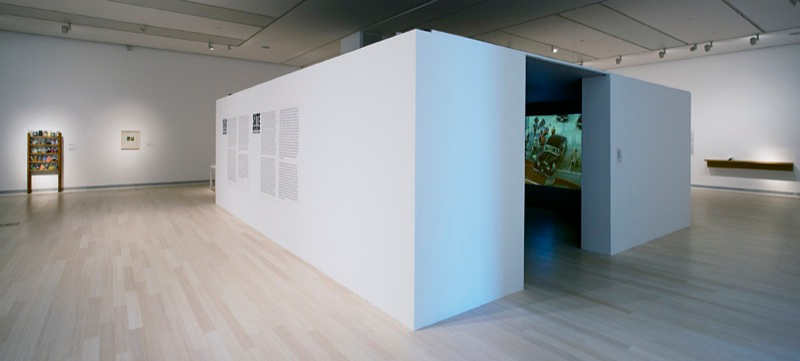
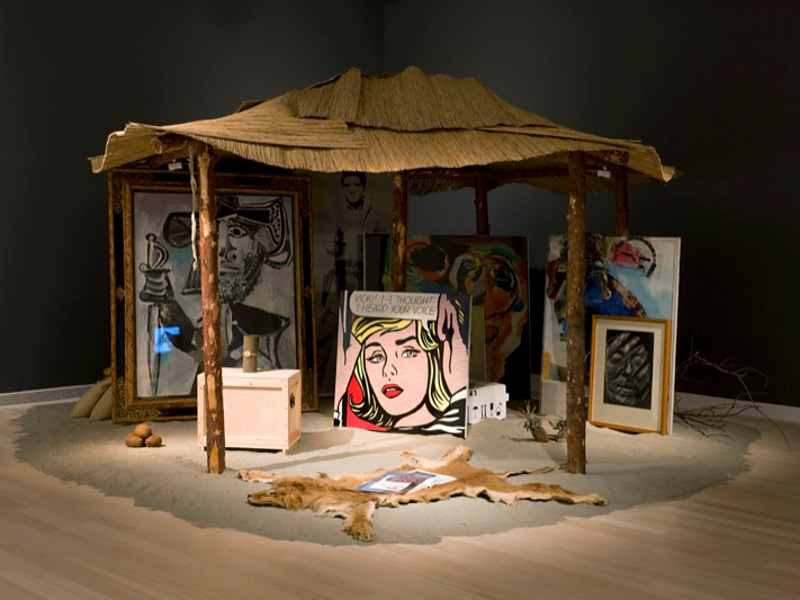
Related contents
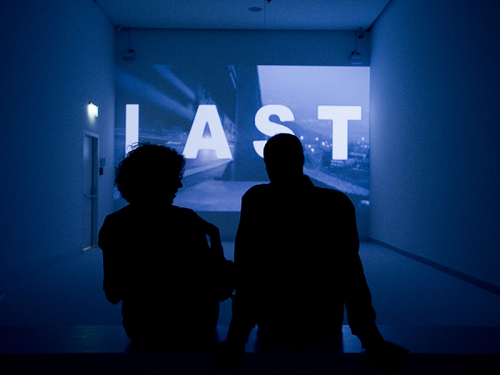
Museum in Movies: Film Screenings in the Site Inspection Exhibition 23. October, 2011, 00:00–00:00
Today`s Movie:
Tom Tykwer: The International, 2009, 118’
in English with Hungarian subtitles
Comming up next:
• Woody Allen: Play Again, Sam, 1972, 85’
22, 31 July, 3, 12, 27 August, 8, 20 September, 1, 13 October 2011
in English
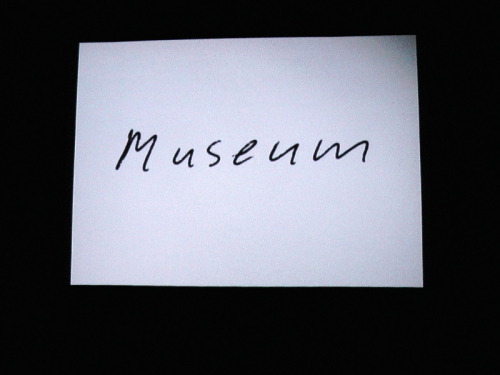
Guided Tour in Hungarian: Site Inspection 22. October, 2011, 00:00–00:00
Free complementary guided tour in Hungarian. Saturdays at 17.00.
Admission with a valid exhibition ticket.
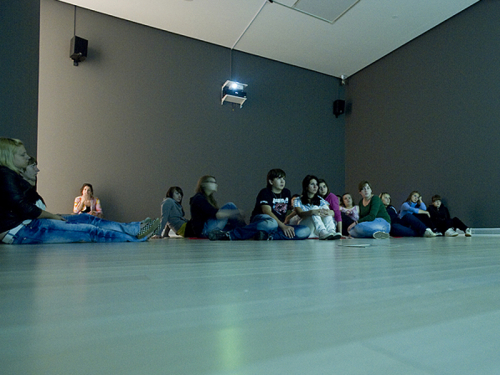
Museum in Movies: Film Screenings in the Site Inspection Exhibition 20. October, 2011, 00:00–00:00
Today`s Movie:
Costa-Gavras: Mad City, 1997, 118’
in English with Hungarian subtitles
Comming up next:
• Woody Allen: Play Again, Sam, 1972, 85’
22, 31 July, 3, 12, 27 August, 8, 20 September, 1, 13 October 2011
in English
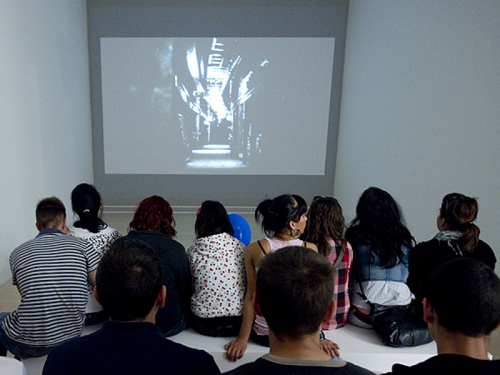
Museum in Movies: Film Screenings in the Site Inspection Exhibition 19. October, 2011, 00:00–00:00
Today`s Movie:
Neil LaBute: The Shape of Things, 2003, 96’
in English with Hungarian subtitles
Comming up next:
• Woody Allen: Play Again, Sam, 1972, 85’
22, 31 July, 3, 12, 27 August, 8, 20 September, 1, 13 October 2011
in English
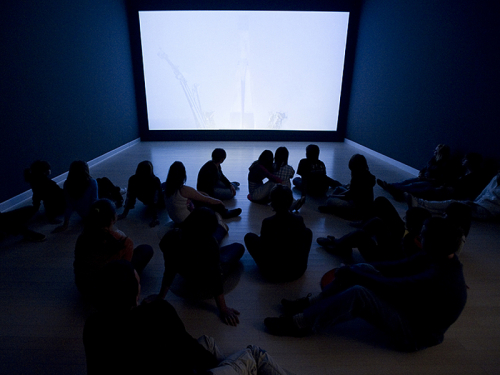
Museum in Movies: Film Screenings in the Site Inspection Exhibition 18. October, 2011, 00:00–00:00
Today`s Movie:
Woody Allen: Match Point, 2005, 124’
in English with Hungarian subtitles
Comming up next:
• Woody Allen: Play Again, Sam, 1972, 85’
22, 31 July, 3, 12, 27 August, 8, 20 September, 1, 13 October 2011
in English
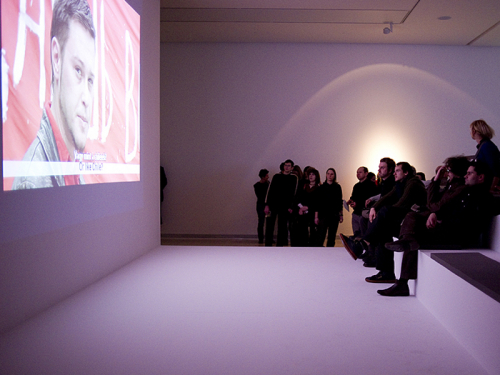
Museum in Movies: Film Screenings in the Site Inspection Exhibition 16. October, 2011, 00:00–00:00
Today`s Movie:
Alfred Hitchcock: Vertigo, 1958, 128’
in English with Hungarian subtitles
Comming up next:
• Woody Allen: Play Again, Sam, 1972, 85’
22, 31 July, 3, 12, 27 August, 8, 20 September, 1, 13 October 2011
in English
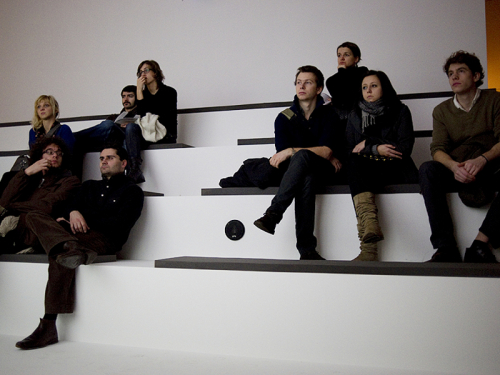
Museum in Movies: Film Screenings in the Site Inspection Exhibition 15. October, 2011, 00:00–00:00
Today`s Movie:
Mel Smith: Bean, 1997, 90’
in English with Hungarian subtitles
Comming up next:
• Woody Allen: Play Again, Sam, 1972, 85’
22, 31 July, 3, 12, 27 August, 8, 20 September, 1, 13 October 2011
in English
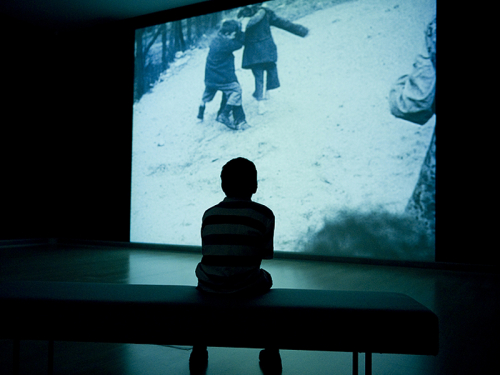
Museum in Movies: Film Screenings in the Site Inspection Exhibition 14. October, 2011, 00:00–00:00
Today`s Movie:
Beeban Kidron: Bridget Jones: Bridget Jones: The Edge of Reason, 2004, 108’
in English with Hungarian subtitles
Comming up next:
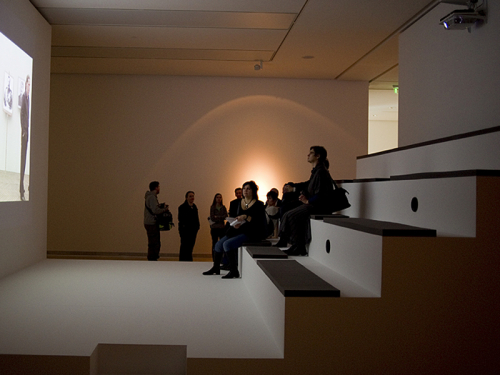
Museum in Movies: Film Screenings in the Site Inspection Exhibition 13. October, 2011, 00:00–00:00
Today`s Movie:
Woody Allen: Play Again, Sam, 1972, 85’
in English
Comming up next:
• Woody Allen: Play Again, Sam, 1972, 85’
22, 31 July, 3, 12, 27 August, 8, 20 September, 1, 13 October 2011
in English
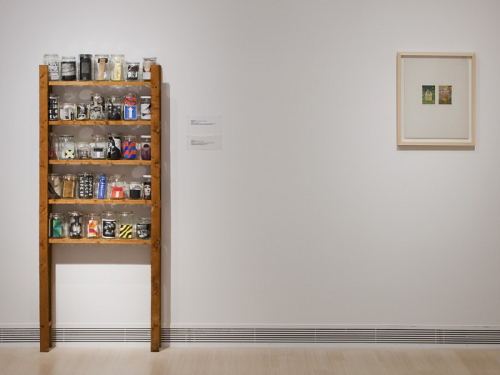
Chapters of Museum Life: The Missing Museum 12. October, 2011, 00:00–00:00
Chapters of Museum Life. The Museum as an Institution
Art History Lecture Series
Today`s lecture
12 October 2011
The Missing Museum. The Typology of the Absence of the Museum
József Mélyi, art historian
Last lecture
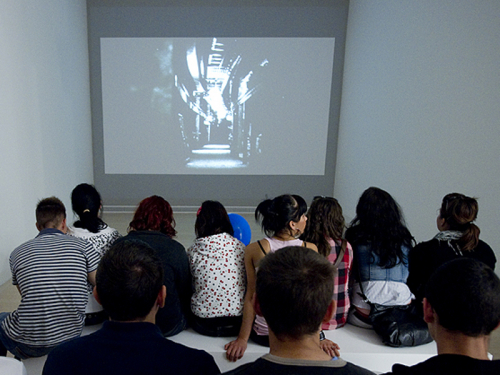
Museum in Movies: Film Screenings in the Site Inspection Exhibition 11. October, 2011, 00:00–00:00
Today`s Movie:
Akira Kurosawa: Dreams, 1990, 119’
in Japanese with English subtitles
Comming up next:
• Woody Allen: Play Again, Sam, 1972, 85’
22, 31 July, 3, 12, 27 August, 8, 20 September, 1, 13 October 2011
in English
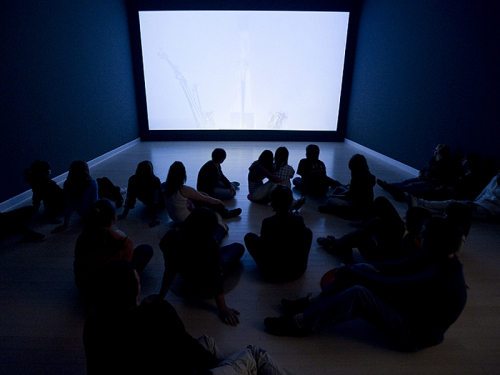
Museum in Movies: Film Screenings in the Site Inspection Exhibition 9. October, 2011, 00:00–00:00
Today`s Movie:
Beeban Kidron: Bridget Jones: Bridget Jones: The Edge of Reason, 2004, 108’
in English with Hungarian subtitles
Comming up next:
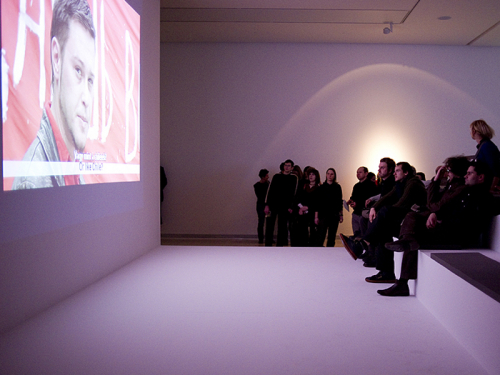
Museum in Movies: Film Screenings in the Site Inspection Exhibition 8. October, 2011, 00:00–00:00
Today`s Movie:
Costa-Gavras: Mad City, 1997, 118’
in English with Hungarian subtitles
Comming up next:
• Woody Allen: Play Again, Sam, 1972, 85’
22, 31 July, 3, 12, 27 August, 8, 20 September, 1, 13 October 2011
in English
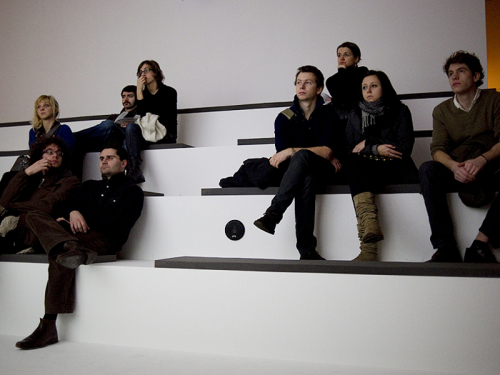
Museum in Movies: Film Screenings in the Site Inspection Exhibition 7. October, 2011, 00:00–00:00
Today`s Movie:
Neil LaBute: The Shape of Things, 2003, 96’
in English with Hungarian subtitles
Comming up next:
• Woody Allen: Play Again, Sam, 1972, 85’
22, 31 July, 3, 12, 27 August, 8, 20 September, 1, 13 October 2011
in English
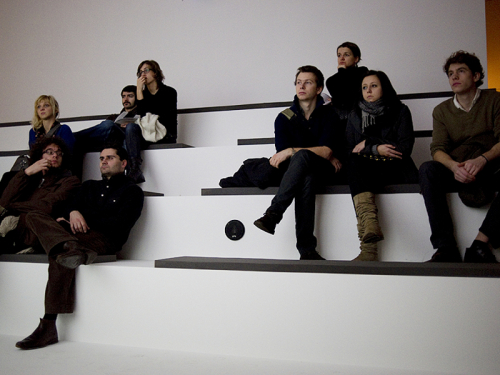
Museum in Movies: Film Screenings in the Site Inspection Exhibition 6. October, 2011, 00:00–00:00
Today`s Movie:
Woody Allen: Match Point, 2005, 124’
in English with Hungarian subtitles
Comming up next:
• Woody Allen: Play Again, Sam, 1972, 85’
22, 31 July, 3, 12, 27 August, 8, 20 September, 1, 13 October 2011
in English
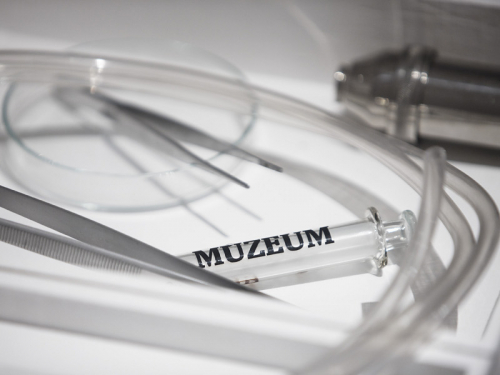
Chapters of Museum Life: Does Neo-Avantgarde Need a Museum? 5. October, 2011, 00:00–00:00
Chapters of Museum Life. The Museum as an Institution
Art History Lecture Series
Today`s lecture
5 October 2011
Does Neo-Avantgarde Need a Museum?
Edit Sasvári, art historian
Upcoming events
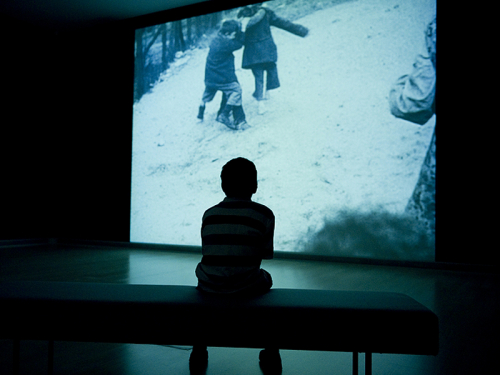
Museum in Movies: Film Screenings in the Site Inspection Exhibition 4. October, 2011, 00:00–00:00
Today`s Movie:
Mel Smith: Bean, 1997, 90’
in English with Hungarian subtitles
Comming up next:
• Woody Allen: Play Again, Sam, 1972, 85’
22, 31 July, 3, 12, 27 August, 8, 20 September, 1, 13 October 2011
in English
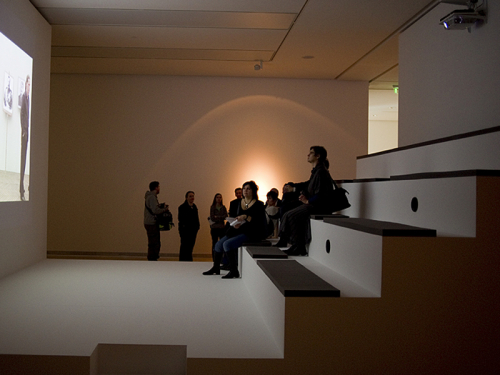
Museum in Movies: Film Screenings in the Site Inspection Exhibition 2. October, 2011, 00:00–00:00
Today`s Movie:
Beeban Kidron: Bridget Jones: Bridget Jones: The Edge of Reason, 2004, 108’
in English with Hungarian subtitles
Comming up next:
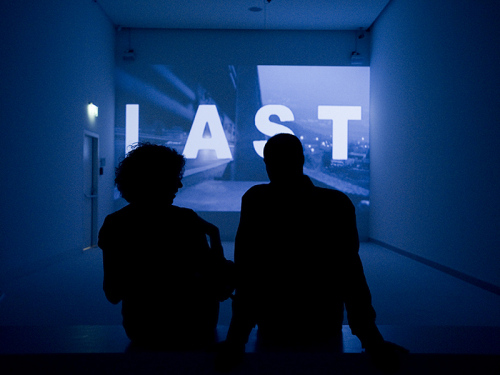
Museum in Movies: Film Screenings in the Site Inspection Exhibition 1. October, 2011, 00:00–00:00
Today`s Movie:
Woody Allen: Play Again, Sam, 1972, 85’
in English
Comming up next:
• Woody Allen: Play Again, Sam, 1972, 85’
22, 31 July, 3, 12, 27 August, 8, 20 September, 1, 13 October 2011
in English
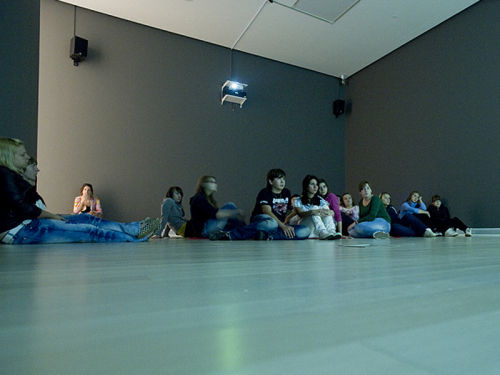
Museum in Movies: Film Screenings in the Site Inspection Exhibition 30. September, 2011, 00:00–00:00
Today`s Movie:
Aleksandr Sokurov: Russkiy kovcheg (Russian Ark), 2002, 99’
in Russian with Hungarian subtitles
Comming up next:
• Woody Allen: Play Again, Sam, 1972, 85’
22, 31 July, 3, 12, 27 August, 8, 20 September, 1, 13 October 2011
in English
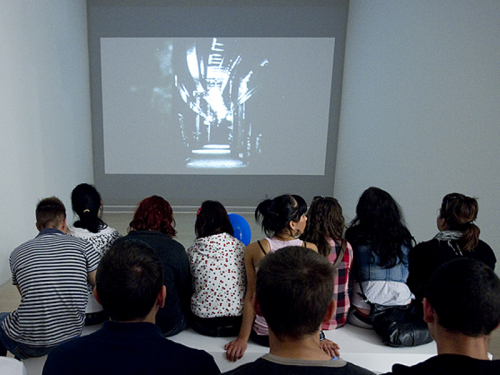
Museum in Movies: Film Screenings in the Site Inspection Exhibition 29. September, 2011, 00:00–00:00
Today`s Movie:
Akira Kurosawa: Dreams, 1990, 119’
in Japanese with English subtitles
Comming up next:
• Woody Allen: Play Again, Sam, 1972, 85’
22, 31 July, 3, 12, 27 August, 8, 20 September, 1, 13 October 2011
in English
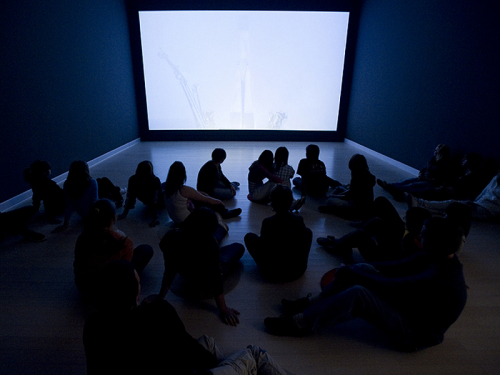
Museum in Movies: Film Screenings in the Site Inspection Exhibition 28. September, 2011, 00:00–00:00
Today`s Movie:
Alfred Hitchcock: Vertigo, 1958, 128’
in English with Hungarian subtitles
Comming up next:
• Woody Allen: Play Again, Sam, 1972, 85’
22, 31 July, 3, 12, 27 August, 8, 20 September, 1, 13 October 2011
in English
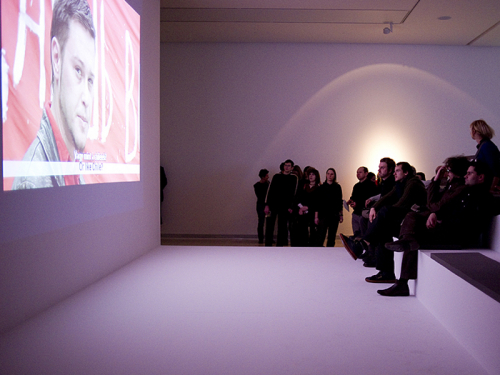
Museum in Movies: Film Screenings in the Site Inspection Exhibition 27. September, 2011, 00:00–00:00
Today`s Movie:
Costa-Gavras: Mad City, 1997, 118’
in English with Hungarian subtitles
Comming up next:
• Woody Allen: Play Again, Sam, 1972, 85’
22, 31 July, 3, 12, 27 August, 8, 20 September, 1, 13 October 2011
in English
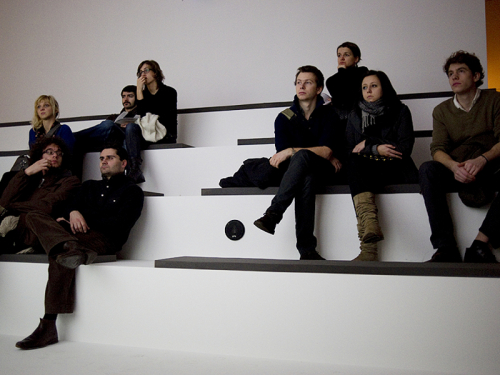
Museum in Movies: Film Screenings in the Site Inspection Exhibition 25. September, 2011, 00:00–00:00
Today`s Movie:
Neil LaBute: The Shape of Things, 2003, 96’
in English with Hungarian subtitles
Comming up next:
• Woody Allen: Play Again, Sam, 1972, 85’
22, 31 July, 3, 12, 27 August, 8, 20 September, 1, 13 October 2011
in English
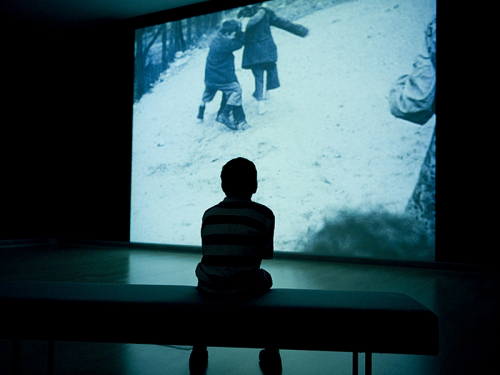
Museum in Movies: Film Screenings in the Site Inspection Exhibition 24. September, 2011, 00:00–00:00
Today`s Movie:
Woody Allen: Match Point, 2005, 124’
in English with Hungarian subtitles
Comming up next:
• Woody Allen: Play Again, Sam, 1972, 85’
22, 31 July, 3, 12, 27 August, 8, 20 September, 1, 13 October 2011
in English
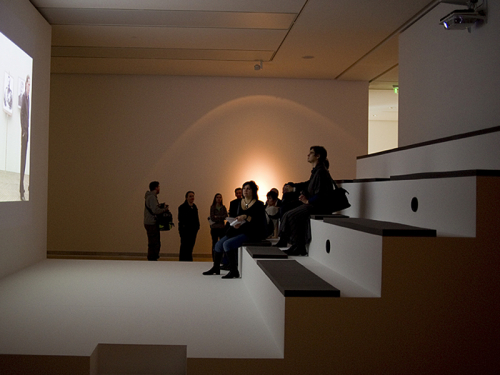
Museum in Movies: Film Screenings in the Site Inspection Exhibition 23. September, 2011, 00:00–00:00
Today`s Movie:
Alfred Hitchcock: Vertigo, 1958, 128’
in English with Hungarian subtitles
Comming up next:
• Woody Allen: Play Again, Sam, 1972, 85’
22, 31 July, 3, 12, 27 August, 8, 20 September, 1, 13 October 2011
in English
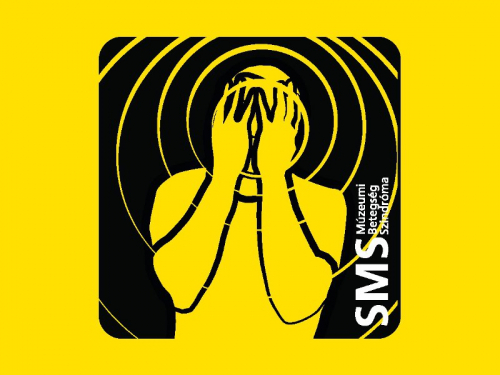
Inzert Studio with the Space Detournement Working Group 22. September, 2011, 00:00–00:00
A presentation and discussion about a project entitled SMS - Sick Museum Syndrome, implemented by the Hungarian artist group Space Detournement Working Group at Ludwig Museum in connection with the Site Inspection exhibition.
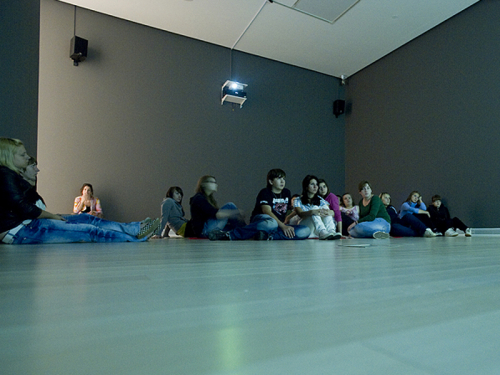
Museum in Movies: Film Screenings in the Site Inspection Exhibition 21. September, 2011, 00:00–00:00
Today`s Movie:
Beeban Kidron: Bridget Jones: Bridget Jones: The Edge of Reason, 2004, 108’
in English with Hungarian subtitles
Comming up next:
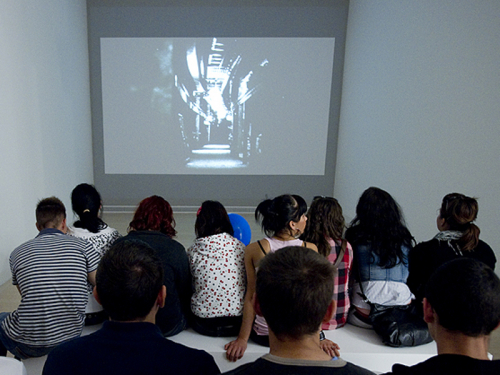
Museum in Movies: Film Screenings in the Site Inspection Exhibition 20. September, 2011, 00:00–00:00
Today`s Movie:
Woody Allen: Play Again, Sam, 1972, 85’
in English
Comming up next:
• Woody Allen: Play Again, Sam, 1972, 85’
22, 31 July, 3, 12, 27 August, 8, 20 September, 1, 13 October 2011
in English
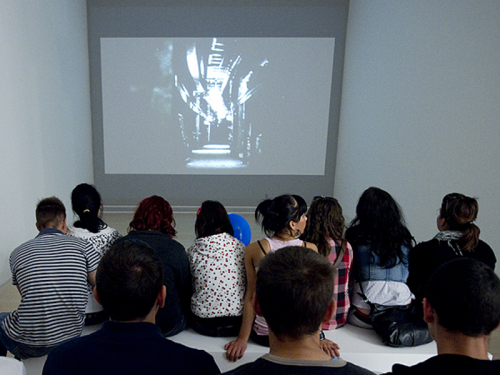
Museum in Movies: Film Screenings in the Site Inspection Exhibition 18. September, 2011, 00:00–00:00
Today`s Movie:
Tom Tykwer: The International, 2009, 118’
in English with Hungarian subtitles
Comming up next:
• Woody Allen: Play Again, Sam, 1972, 85’
22, 31 July, 3, 12, 27 August, 8, 20 September, 1, 13 October 2011
in English
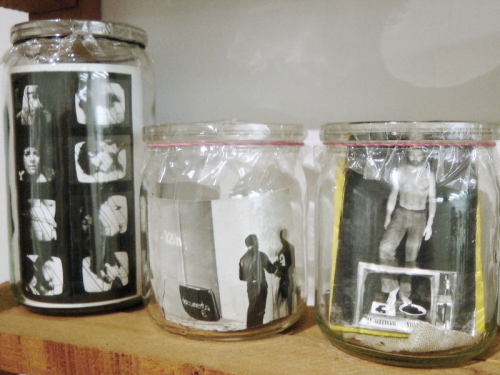
Guided Tour in Hungarian: Site Inspection 17. September, 2011, 00:00–00:00
Free complementary guided tour in Hungarian. Saturdays at 17.00.
Admission with a valid exhibition ticket.
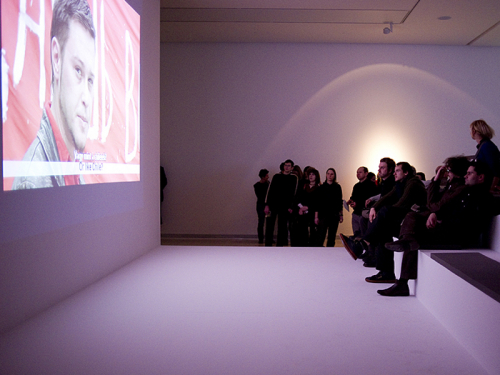
Museum in Movies: Film Screenings in the Site Inspection Exhibition 16. September, 2011, 00:00–00:00
Today`s Movie:
Aleksandr Sokurov: Russkiy kovcheg (Russian Ark), 2002, 99’
in Russian with Hungarian subtitles
Comming up next:
• Woody Allen: Play Again, Sam, 1972, 85’
22, 31 July, 3, 12, 27 August, 8, 20 September, 1, 13 October 2011
in English
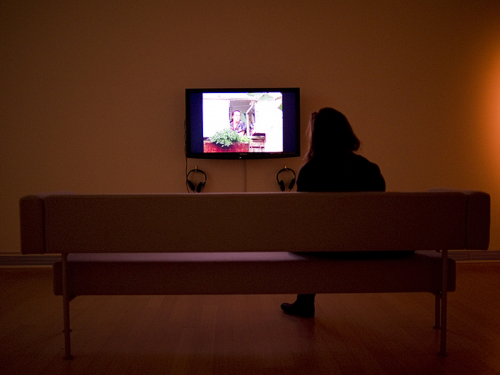
Museum in Movies: Film Screenings in the Site Inspection Exhibition 15. September, 2011, 00:00–00:00
Today`s Movie:
Costa-Gavras: Mad City, 1997, 118’
in English with Hungarian subtitles
Comming up next:
• Woody Allen: Play Again, Sam, 1972, 85’
22, 31 July, 3, 12, 27 August, 8, 20 September, 1, 13 October 2011
in English
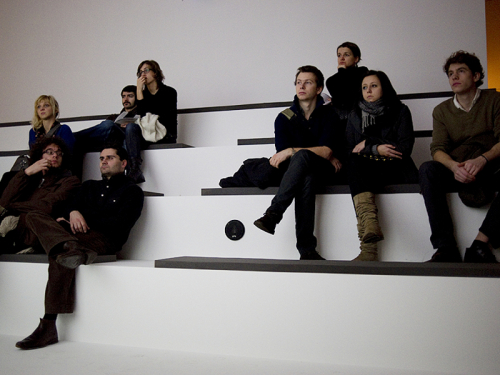
Museum in Movies: Film Screenings in the Site Inspection Exhibition 14. September, 2011, 00:00–00:00
Today`s Movie:
Neil LaBute: The Shape of Things, 2003, 96’
in English with Hungarian subtitles
Comming up next:
• Woody Allen: Play Again, Sam, 1972, 85’
22, 31 July, 3, 12, 27 August, 8, 20 September, 1, 13 October 2011
in English
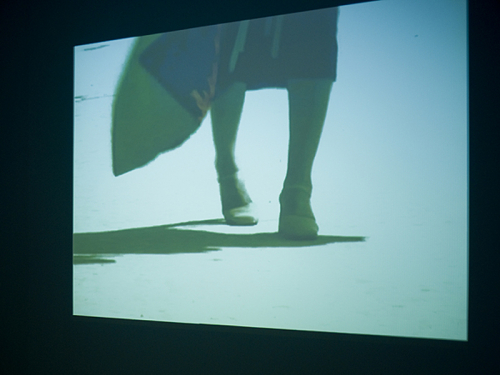
Museum in Movies: Film Screenings in the Site Inspection Exhibition 13. September, 2011, 00:00–00:00
Today`s Movie:
Woody Allen: Match Point, 2005, 124’
in English with Hungarian subtitles
Comming up next:
• Woody Allen: Play Again, Sam, 1972, 85’
22, 31 July, 3, 12, 27 August, 8, 20 September, 1, 13 October 2011
in English
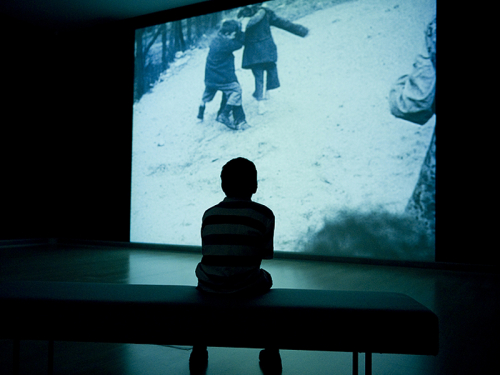
Museum in Movies: Film Screenings in the Site Inspection Exhibition 11. September, 2011, 00:00–00:00
Today`s Movie:
Alfred Hitchcock: Vertigo, 1958, 128’
in English with Hungarian subtitles
Comming up next:
• Woody Allen: Play Again, Sam, 1972, 85’
22, 31 July, 3, 12, 27 August, 8, 20 September, 1, 13 October 2011
in English
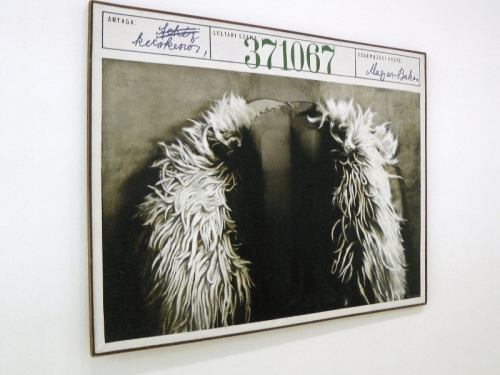
Guided Tour in Hungarian: Site Inspection 10. September, 2011, 00:00–00:00
Free complementary guided tour in Hungarian. Saturdays at 17.00.
Admission with a valid exhibition ticket.
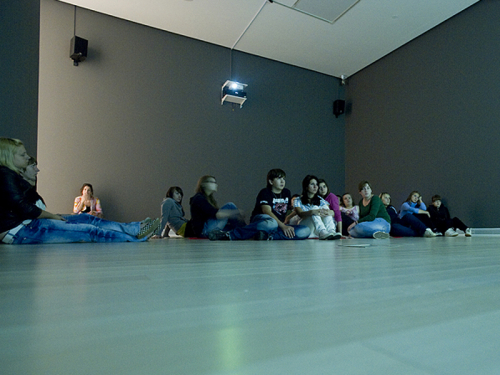
Museum in Movies: Film Screenings in the Site Inspection Exhibition 9. September, 2011, 00:00–00:00
Today`s Movie:
Beeban Kidron: Bridget Jones: Bridget Jones: The Edge of Reason, 2004, 108’
in English with Hungarian subtitles
Comming up next:
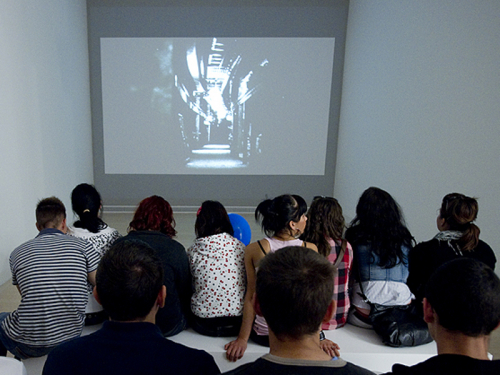
Museum in Movies: Film Screenings in the Site Inspection Exhibition 8. September, 2011, 00:00–00:00
Today`s Movie:
Woody Allen: Play Again, Sam, 1972, 85’
in English
Comming up next:
• Woody Allen: Play Again, Sam, 1972, 85’
22, 31 July, 3, 12, 27 August, 8, 20 September, 1, 13 October 2011
in English
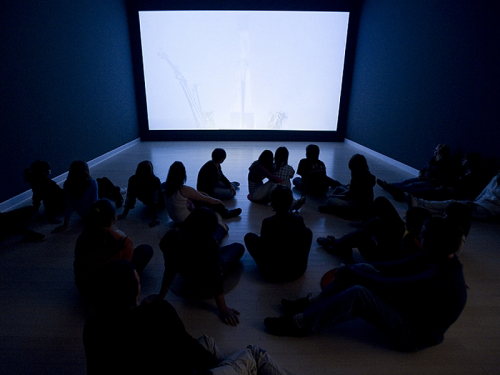
Museum in Movies: Film Screenings in the Site Inspection Exhibition 7. September, 2011, 00:00–00:00
Today`s Movie:
Aleksandr Sokurov: Russkiy kovcheg (Russian Ark), 2002, 99’
in Russian with Hungarian subtitles
Comming up next:
• Woody Allen: Play Again, Sam, 1972, 85’
22, 31 July, 3, 12, 27 August, 8, 20 September, 1, 13 October 2011
in English
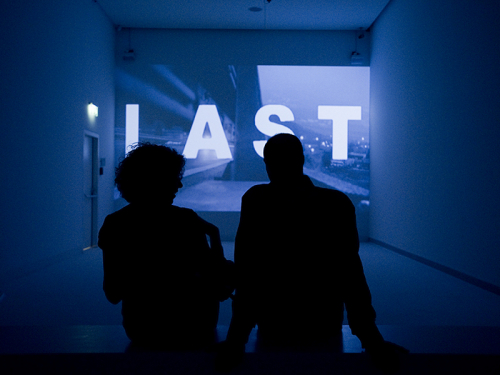
Museum in Movies: Film Screenings in the Site Inspection Exhibition 6. September, 2011, 00:00–00:00
Today`s Movie:
Akira Kurosawa: Dreams, 1990, 119’
in Japanese with English subtitles
Comming up next:
• Woody Allen: Play Again, Sam, 1972, 85’
22, 31 July, 3, 12, 27 August, 8, 20 September, 1, 13 October 2011
in English
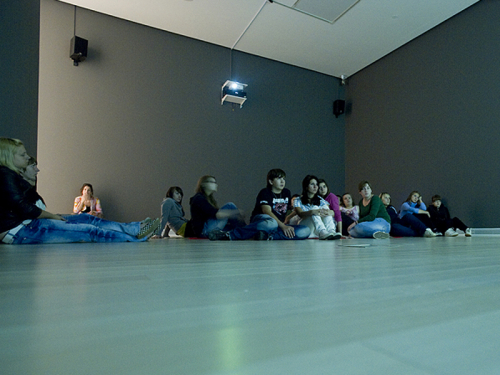
Museum in Movies: Film Screenings in the Site Inspection Exhibition 4. September, 2011, 00:00–00:00
Today`s Movie:
Mel Smith: Bean, 1997, 90’
in English with Hungarian subtitles
Comming up next:
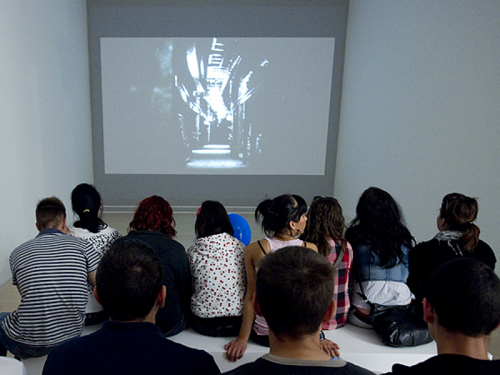
Museum in Movies: Film Screenings in the Site Inspection Exhibition 3. September, 2011, 00:00–00:00
Today`s Movie:
Costa-Gavras: Mad City, 1997, 118’
in English with Hungarian subtitles
Comming up next:
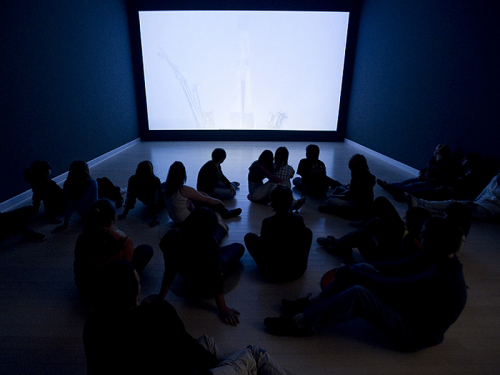
Museum in Movies: Film Screenings in the Site Inspection Exhibition 2. September, 2011, 00:00–00:00
Today`s Movie:
Neil LaBute: The Shape of Things, 2003, 96’
in English with Hungarian subtitles
Comming up next:
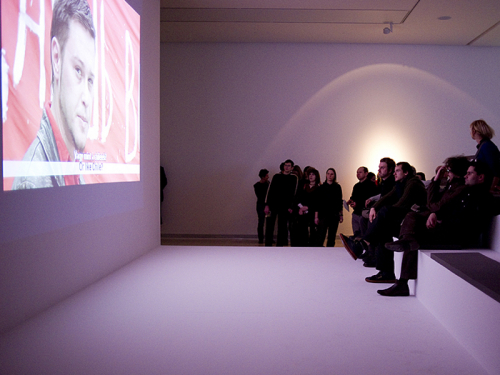
Museum in Movies: Film Screenings in the Site Inspection Exhibition 1. September, 2011, 00:00–00:00
Today`s Movie:
Woody Allen: Match Point, 2005, 124’
in English with Hungarian subtitles
Comming up next:
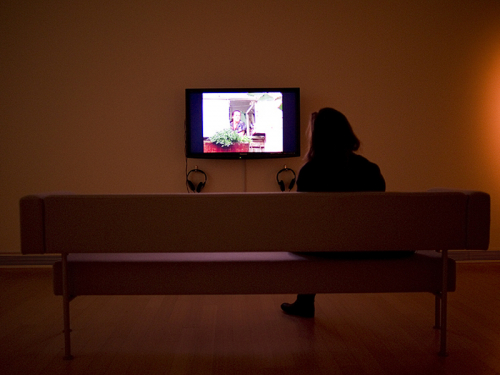
Museum in Movies: Film Screenings in the Site Inspection Exhibition 31. August, 2011, 00:00–00:00
Today`s Movie:
Alfred Hitchcock: Vertigo, 1958, 128’
in English with Hungarian subtitles
Comming up next:
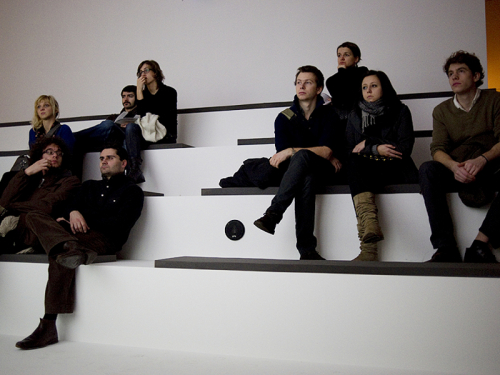
Museum in Movies: Film Screenings in the Site Inspection Exhibition 30. August, 2011, 00:00–00:00
Today`s Movie:
Mel Smith: Bean, 1997, 90’
in English with Hungarian subtitles
Comming up next:
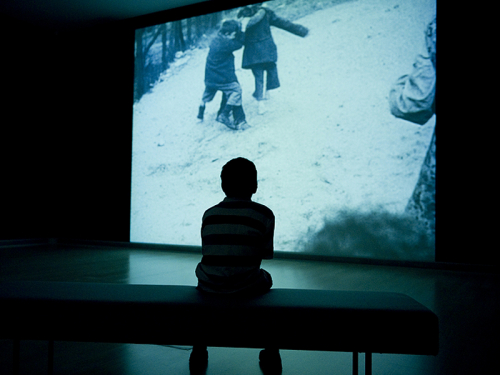
Museum in Movies: Film Screenings in the Site Inspection Exhibition 28. August, 2011, 00:00–00:00
Today`s Movie:
Beeban Kidron: Bridget Jones: The Edge of Reason, 2004, 108’
in English with Hungarian subtitles
Comming up next:
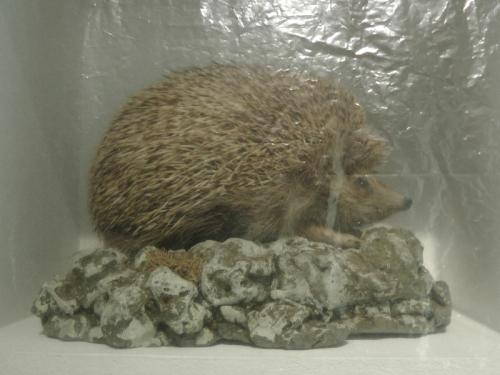
Guided Tour in Hungarian: Site Inspection 27. August, 2011, 00:00–00:00
Free complementary guided tour in Hungarian. Saturdays at 17.00.
Admission with a valid exhibition ticket.
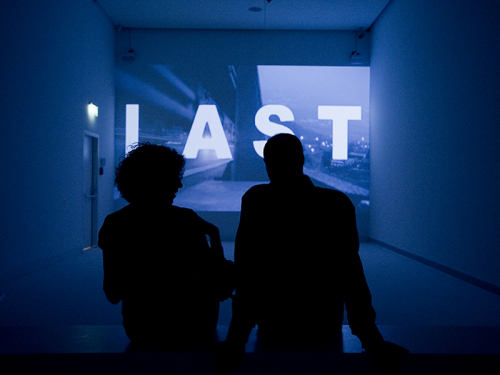
Museum in Movies: Film Screenings in the Site Inspection Exhibition 26. August, 2011, 00:00–00:00
Today`s Movie:
Tom Tykwer: The International, 2009, 118’
in English with Hungarian subtitles
Comming up next:
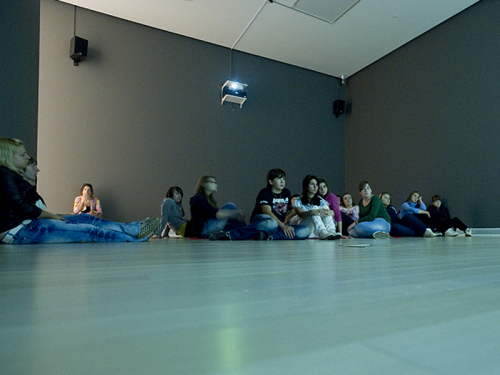
Museum in Movies: Film Screenings in the Site Inspection Exhibition 25. August, 2011, 00:00–00:00
Today`s Movie:
Akira Kurosawa: Dreams, 1990, 119’
in Japanese with English subtitles
Comming up next:
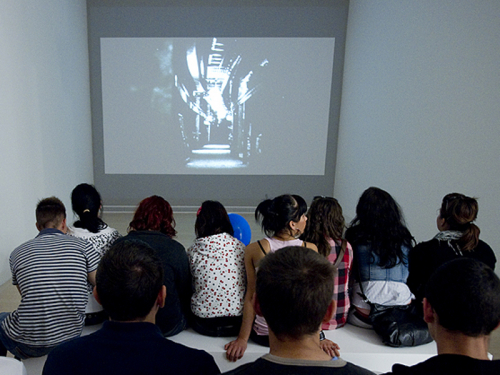
Museum in Movies: Film Screenings in the Site Inspection Exhibition 24. August, 2011, 00:00–00:00
Today`s Movie:
Aleksandr Sokurov: Russkiy kovcheg (Russian Ark), 2002, 99’
in Russian with Hungarian subtitles
Comming up next:
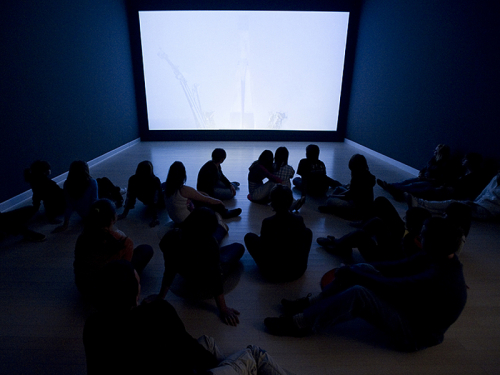
Museum in Movies: Film Screenings in the Site Inspection Exhibition 23. August, 2011, 00:00–00:00
Today`s Movie:
Costa-Gavras: Mad City, 1997, 118’
in English with Hungarian subtitles
Comming up next:
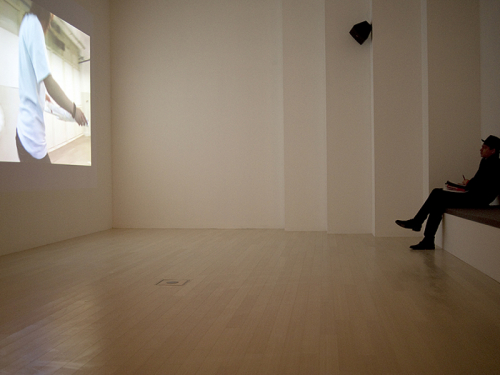
Museum in Movies: Film Screenings in the Site Inspection Exhibition 21. August, 2011, 00:00–00:00
Today`s Movie:
Neil LaBute: The Shape of Things, 2003, 96’
in English with Hungarian subtitles
Comming up next:
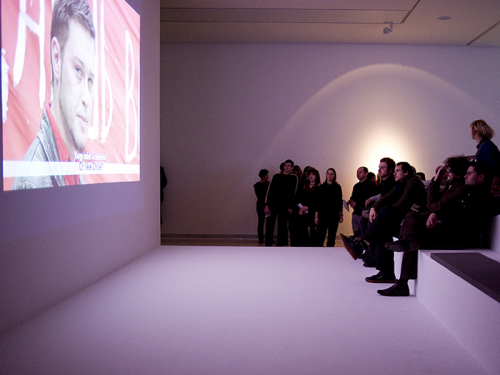
Museum in Movies: Film Screenings in the Site Inspection Exhibition 20. August, 2011, 00:00–00:00
Today`s Movie:
Woody Allen: Match Point, 2005, 124’
in English with Hungarian subtitles
Comming up next:
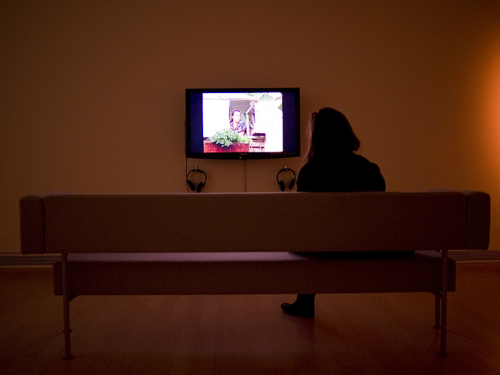
Museum in Movies: Film Screenings in the Site Inspection Exhibition 19. August, 2011, 00:00–00:00
Today`s Movie:
Aleksandr Sokurov: Russkiy kovcheg (Russian Ark), 2002, 99’
in Russian with Hungarian subtitles
Comming up next:
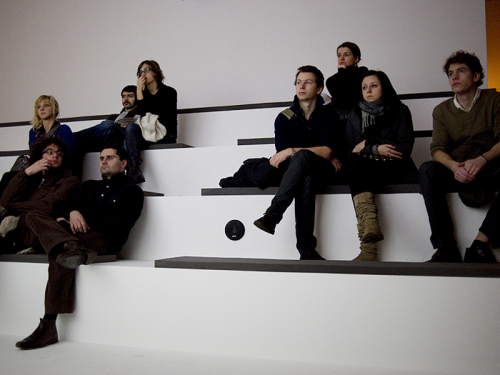
Museum in Movies: Film Screenings in the Site Inspection Exhibition 18. August, 2011, 00:00–00:00
Today`s Movie:
Alfred Hitchcock: Vertigo, 1958, 128’
in English with Hungarian subtitles
Comming up next:
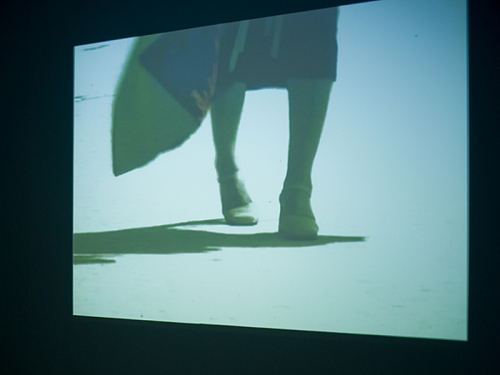
Museum in Movies: Film Screenings in the Site Inspection Exhibition 17. August, 2011, 00:00–00:00
Today`s Movie:
Mel Smith: Bean, 1997, 90’
in English with Hungarian subtitles
Comming up next:
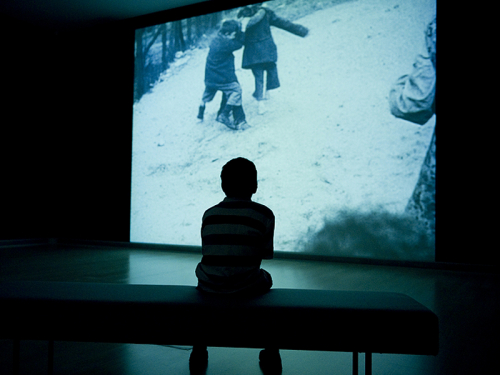
Museum in Movies: Film Screenings in the Site Inspection Exhibition 16. August, 2011, 00:00–00:00
Today`s Movie:
Beeban Kidron: Bridget Jones: The Edge of Reason, 2004, 108’
in English with Hungarian subtitles
Comming up next:
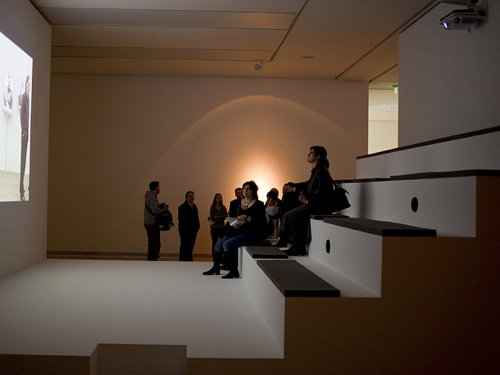
Museum in Movies: Film Screenings in the Site Inspection Exhibition 14. August, 2011, 00:00–00:00
Today`s Movie:
Woody Allen: Match Point, 2005, 124’
Comming up next:
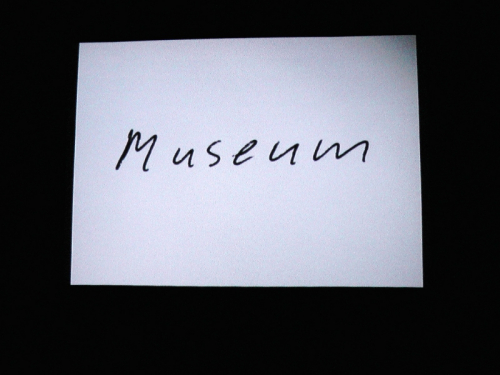
Guided Tour in Hungarian: Site Inspection 13. August, 2011, 00:00–00:00
Free complementary guided tour in Hungarian. Saturdays at 17.00.
Admission with a valid exhibition ticket.
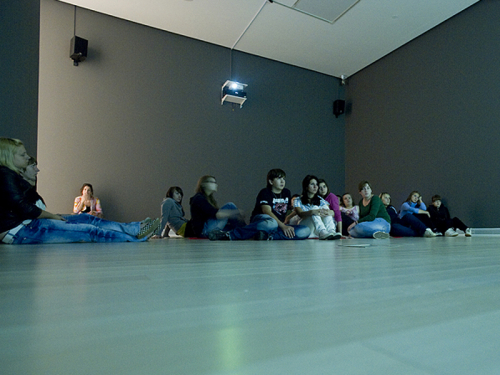
Museum in Movies: Film Screenings in the Site Inspection Exhibition 12. August, 2011, 00:00–00:00
Today`s Movie:
Woody Allen: Játszd újra, Sam! | Play Again, Sam, 1972, 85’
Comming up next:
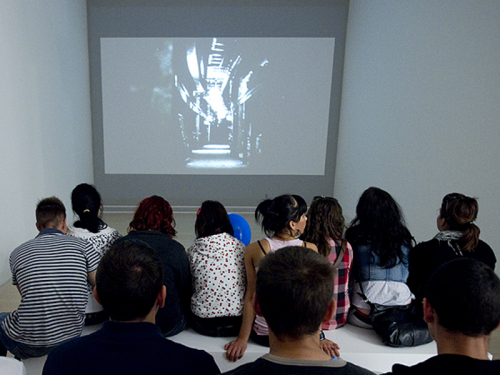
Museum in Movies: Film Screenings in the Site Inspection Exhibition 11. August, 2011, 00:00–00:00
Today`s Movie:
Costa-Gavras: Mad City, 1997, 118’
Comming up next:
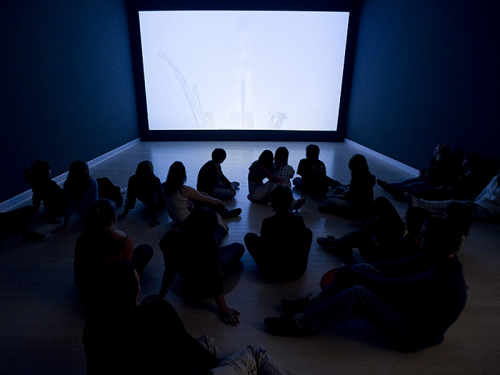
Museum in Movies: Film Screenings in the Site Inspection Exhibition 10. August, 2011, 00:00–00:00
Today`s Movie:
Neil LaBute: The Shape of Things, 2003, 96’
Comming up next:
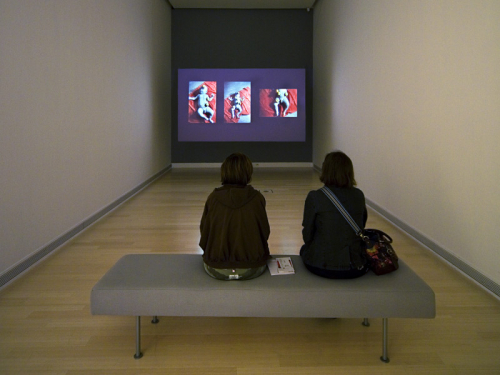
Museum in Movies: Film Screenings in the Site Inspection Exhibition 9. August, 2011, 00:00–00:00
Today`s Movie:
Woody Allen: Match Point, 2005, 124’
Comming up next:
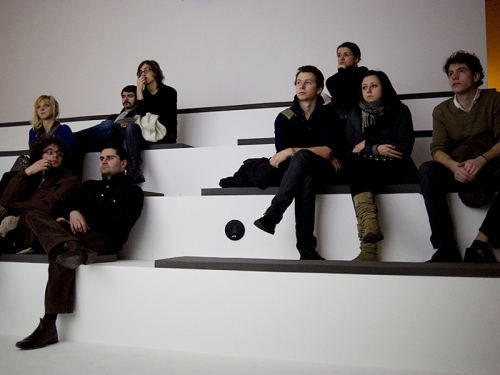
Museum in Movies: Film Screenings in the Site Inspection Exhibition 7. August, 2011, 00:00–00:00
Today`s Movie:
Aleksandr Sokurov: Russkiy kovcheg (Russian Ark), 2002, 99’
Comming up next:
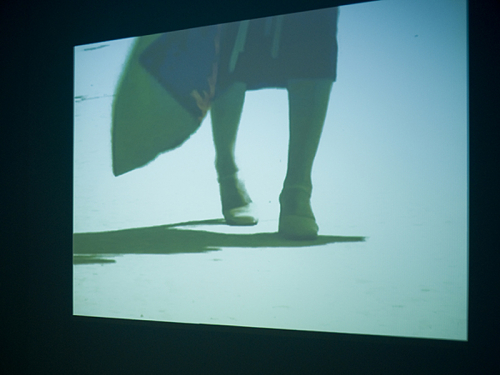
Museum in Movies: Film Screenings in the Site Inspection Exhibition 6. August, 2011, 00:00–00:00
Today`s Movie:
Szédülés | Vertigo, 1958, 128’
Comming up next:
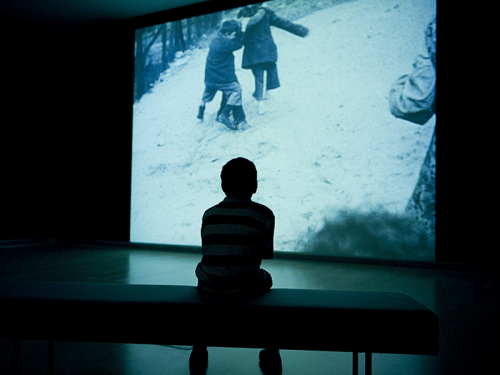
Museum in Movies: Film Screenings in the Site Inspection Exhibition 5. August, 2011, 00:00–00:00
Today`s Movie:
Mel Smith: Bean, 1997, 90’
Comming up next:
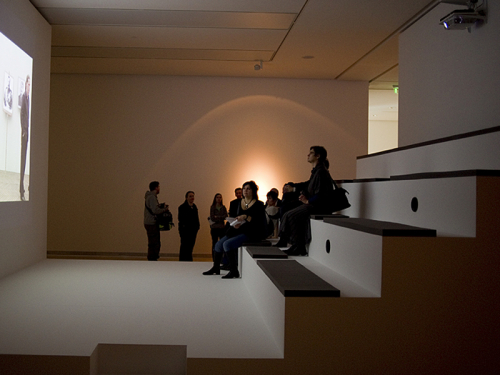
Museum in Movies: Film Screenings in the Site Inspection Exhibition 4. August, 2011, 00:00–00:00
Today`s Movie:
Beeban Kidron: Bridget Jones: The Edge of Reason, 2004, 108’
Comming up next:
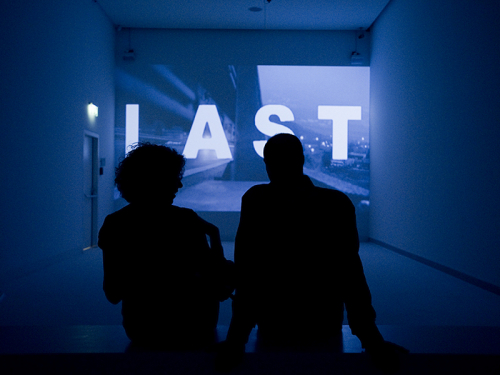
Museum in Movies: Film Screenings in the Site Inspection Exhibition 3. August, 2011, 00:00–00:00
Today`s Movie:
Woody Allen: Play Again, Sam, 1972, 85’
Comming up next:
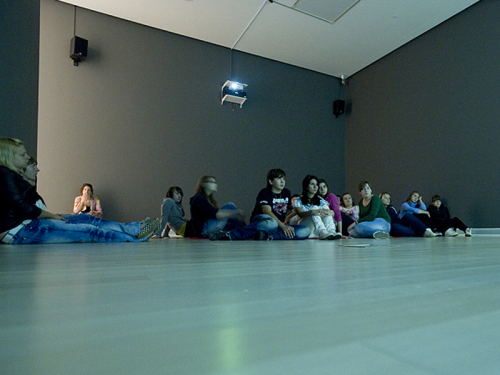
Museum in Movies: Film Screenings in the Site Inspection Exhibition 2. August, 2011, 00:00–00:00
Today`s Movie:
Neil LaBute: Faragjunk férfit! | The Shape of Things, 2003, 96’
Comming up next:
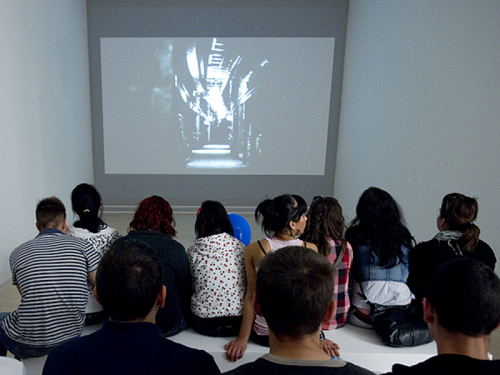
Museum in Movies: Film Screenings in the Site Inspection Exhibition 31. July, 2011, 00:00–00:00
Today`s Movie:
Woody Allen: Play Again, Sam, 1972, 85’
Comming up next:
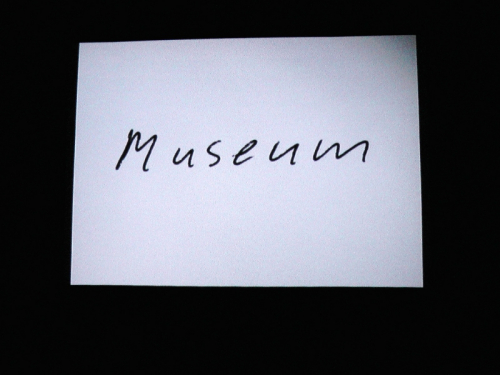
Guided Tour in Hungarian: Site Inspection 30. July, 2011, 00:00–00:00
Free complementary guided tour in Hungarian. Saturdays at 17.00.
Admission with a valid exhibition ticket.
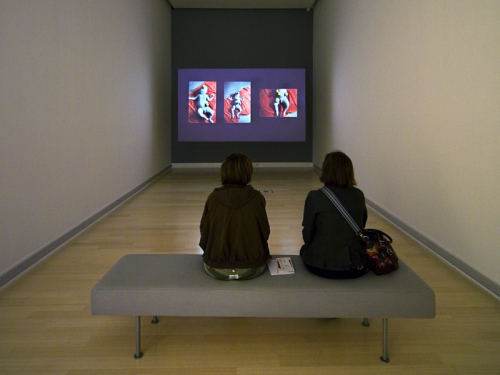
Museum in Movies: Film Screenings in the Site Inspection Exhibition 29. July, 2011, 00:00–00:00
Today`s Movie:
Neil LaBute: The Shape of Things, 2003, 96’
Comming up next:
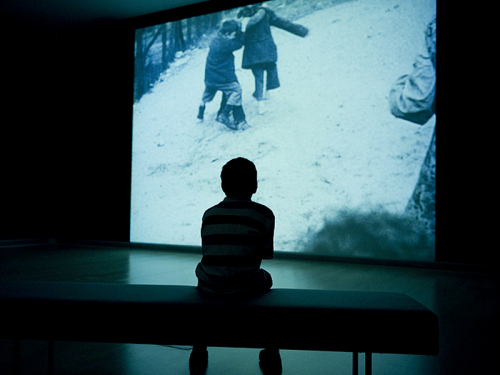
Museum in Movies: Film Screenings in the Site Inspection Exhibition 28. July, 2011, 00:00–00:00
Today`s Movie:
Woody Allen: Match Point, 2005, 124’
Comming up next:
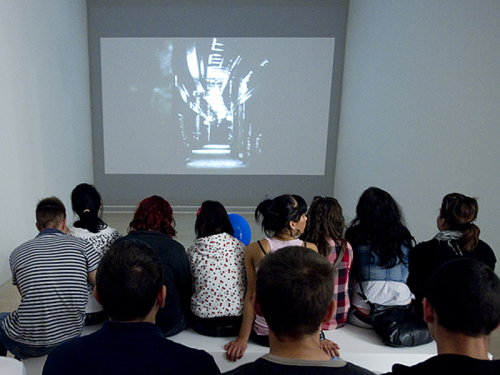
Museum in Movies: Film Screenings in the Site Inspection Exhibition 27. July, 2011, 00:00–00:00
Today`s Movie:
Aleksandr Sokurov: Russkiy kovcheg (Russian Ark), 2002, 99’
Comming up next:
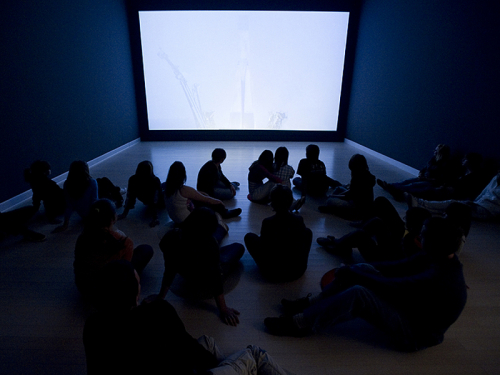
Museum in Movies: Film Screenings in the Site Inspection Exhibition 26. July, 2011, 00:00–00:00
Today`s Movie:
Alfred Hitchcock: Vertigo, 1958, 128’
Comming up next:
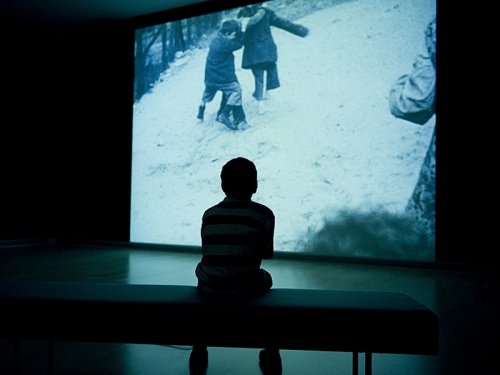
Museum in Movies: Film Screenings in the Site Inspection Exhibition 24. July, 2011, 00:00–00:00
Today`s Movie:
Mel Smith: Bean, 1997, 90’
Comming up next:
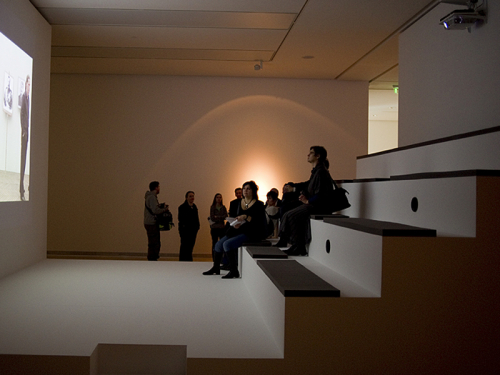
Museum in Movies: Film Screenings in the Site Inspection Exhibition 23. July, 2011, 00:00–00:00
Today`s Movie:
Beeban Kidron: Bridget Jones: The Edge of Reason, 2004, 108’
Comming up next:
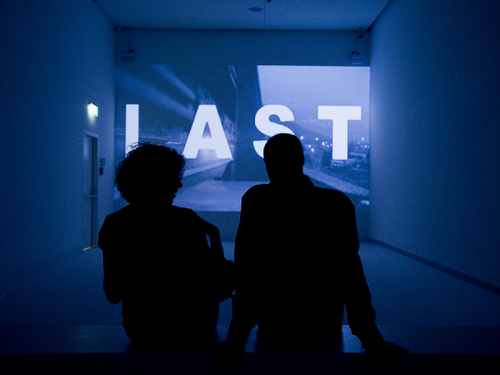
Museum in Movies: Film Screenings in the Site Inspection Exhibition 22. July, 2011, 00:00–00:00
Today`s Movie:
Woody Allen: Play Again, Sam, 1972, 85’
Comming up next:
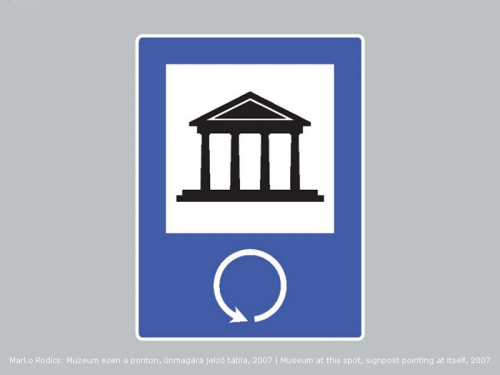
Site Inspection: Exhibition Opening 21. July, 2011, 00:00–00:00
Exhibition Opening
Site Inspection - The Museum on the Museum
20.00 Opening remarks by Barnabás Bencsik, director
